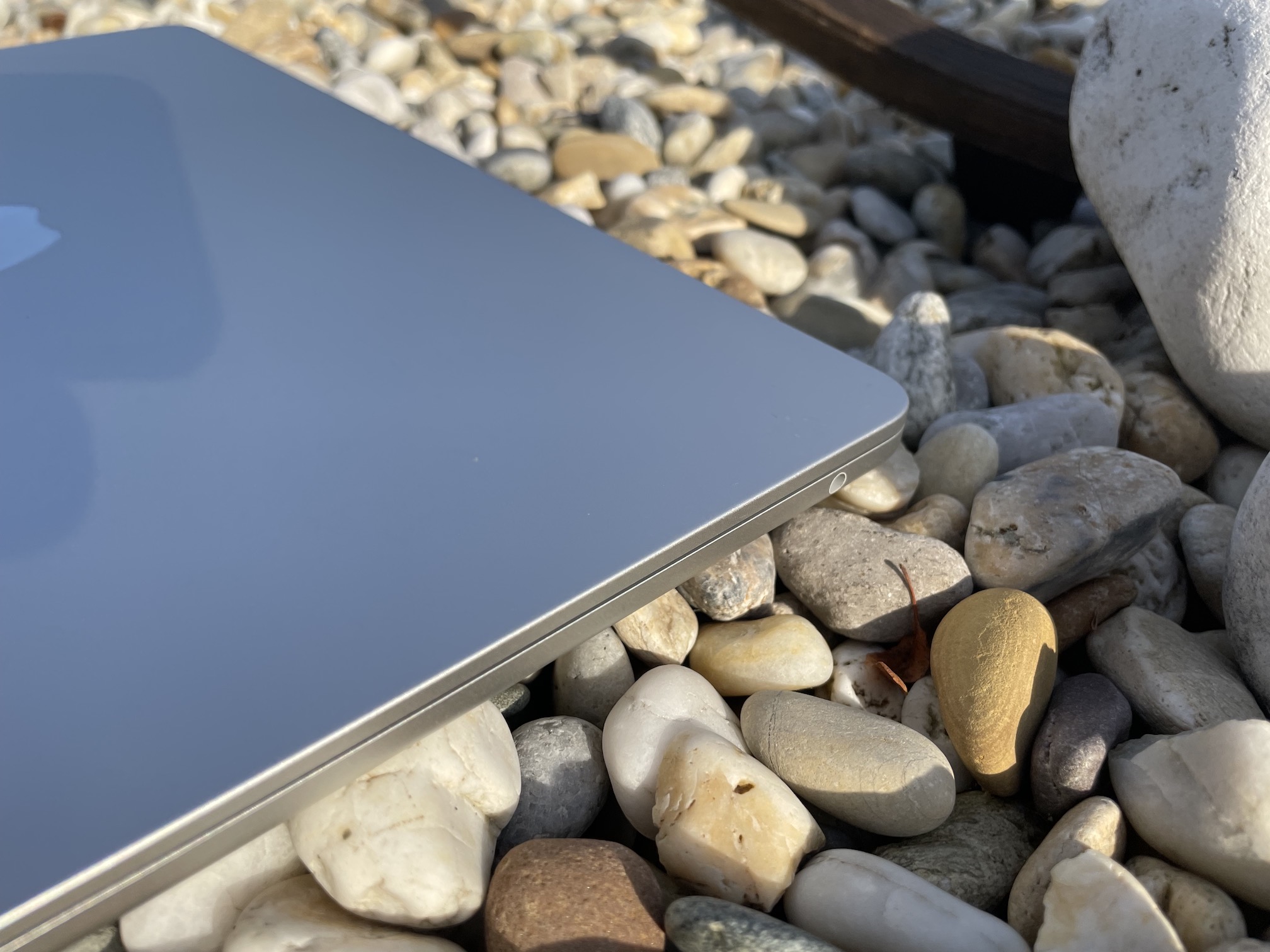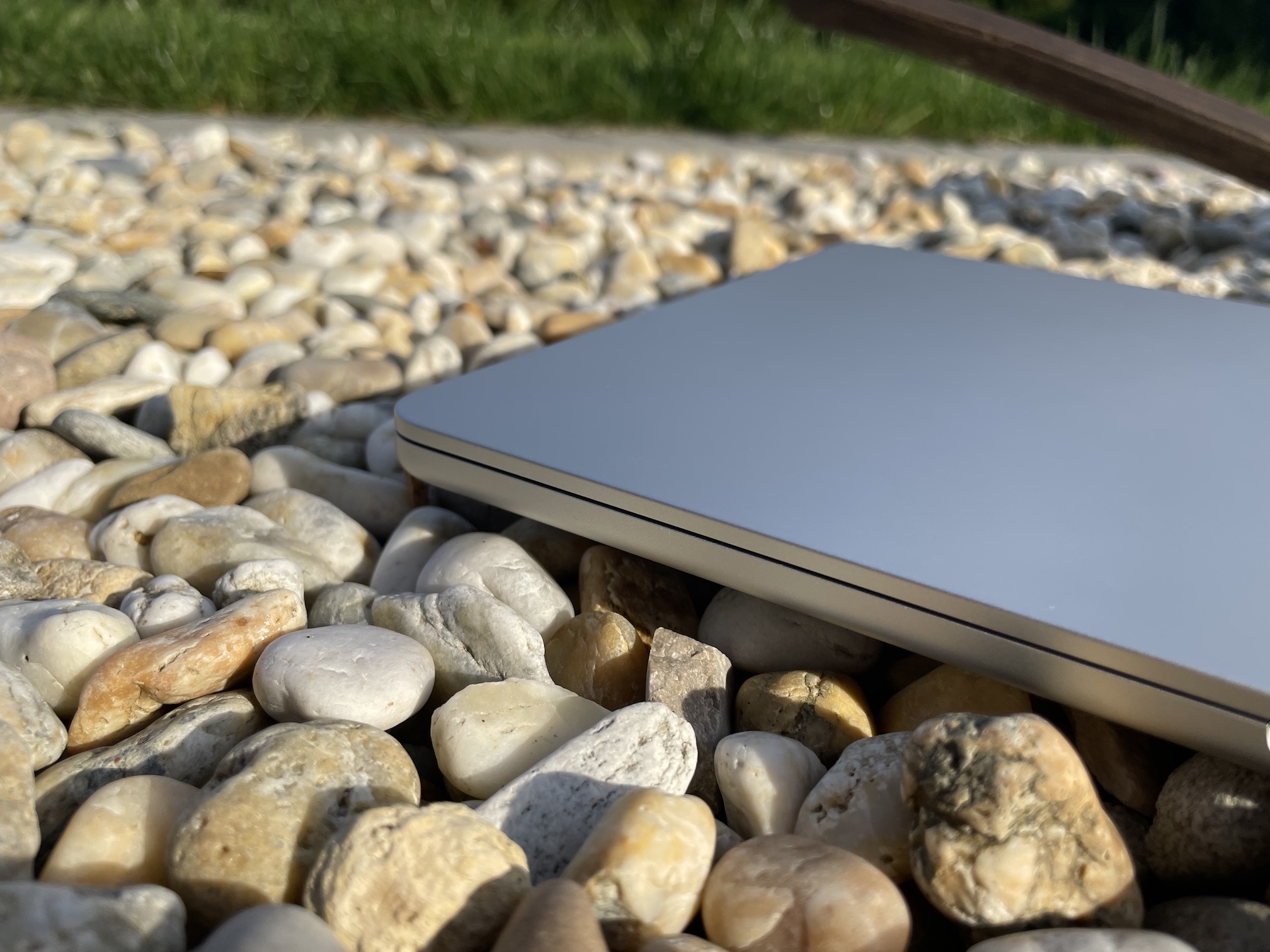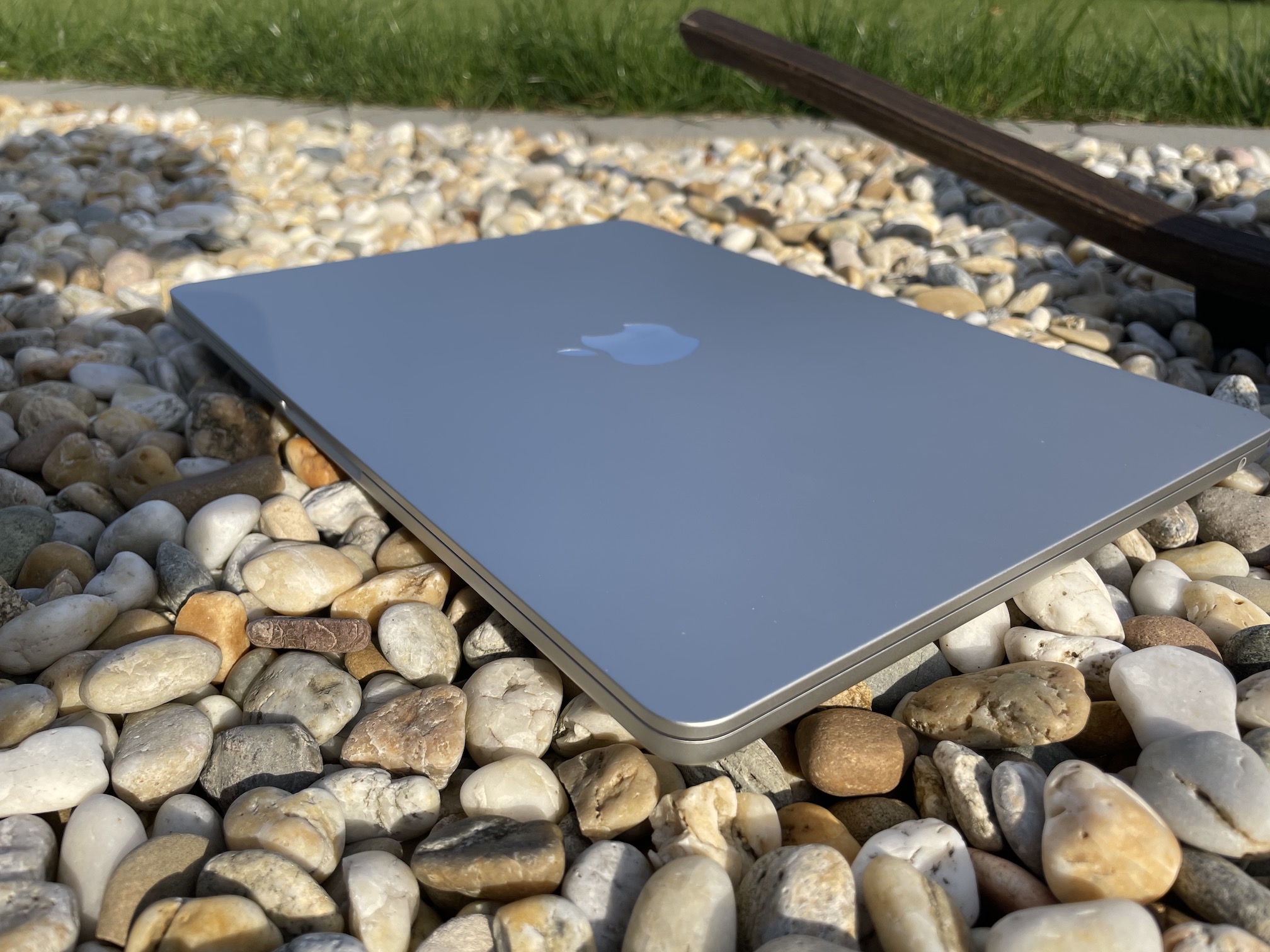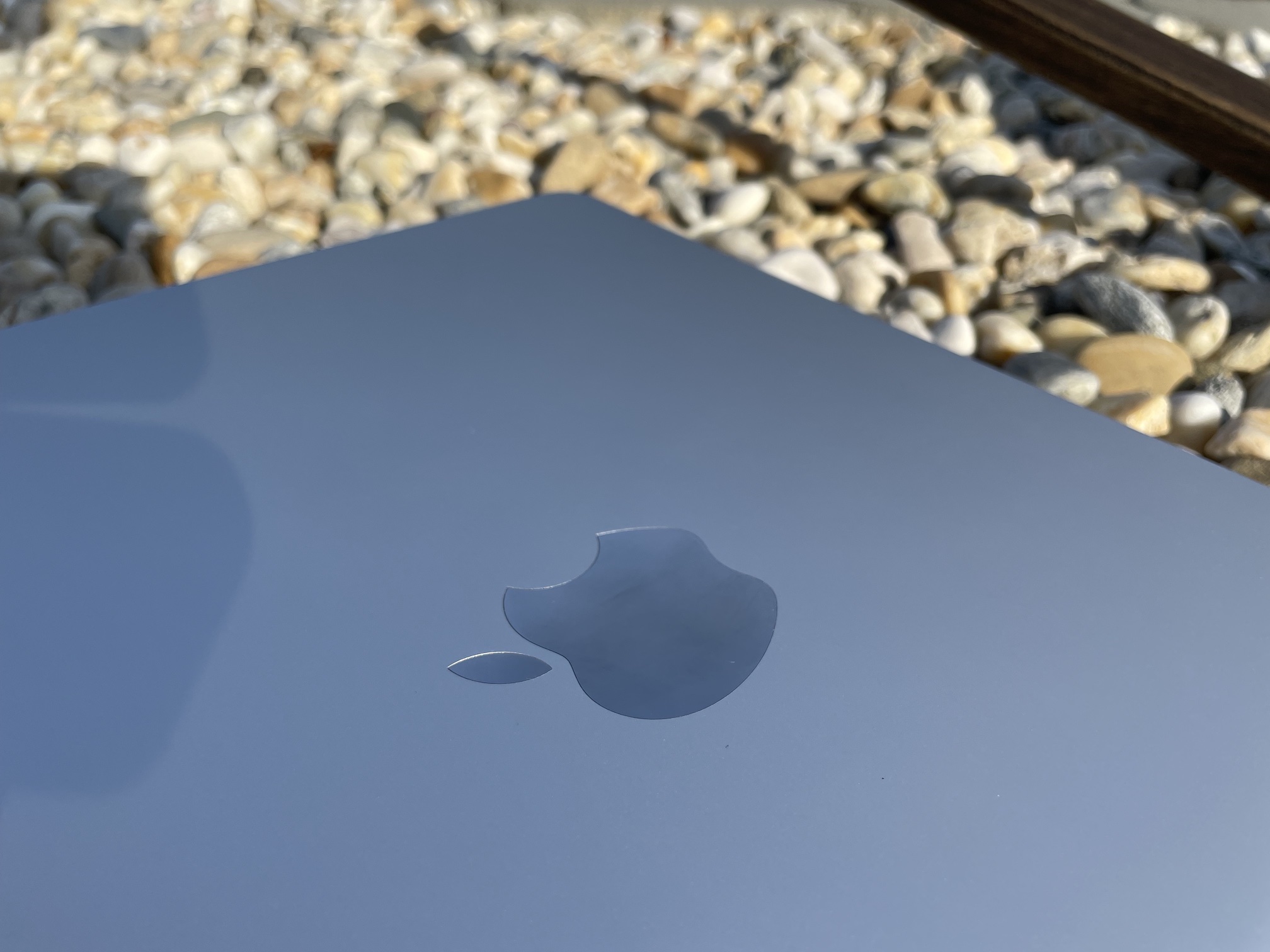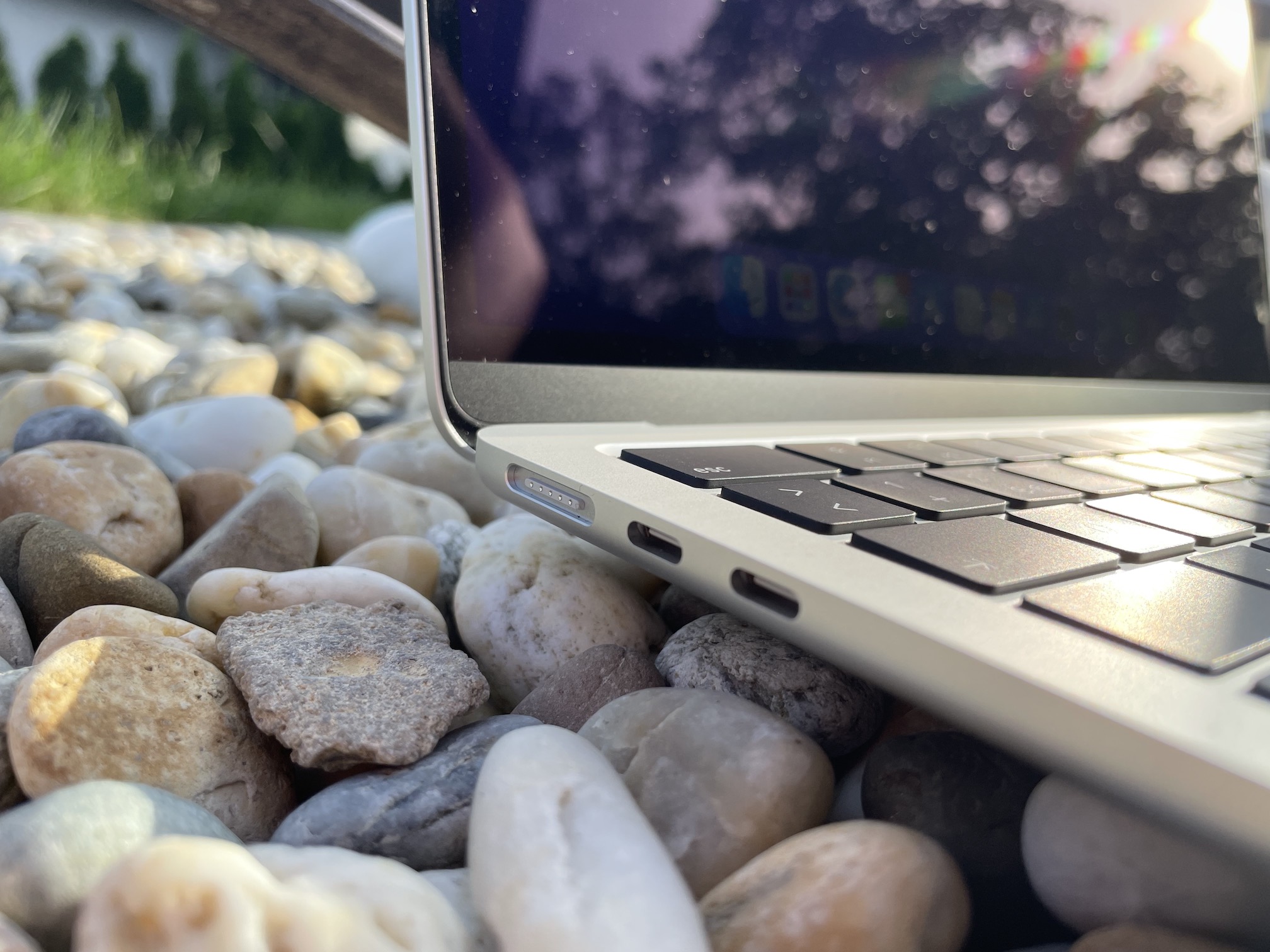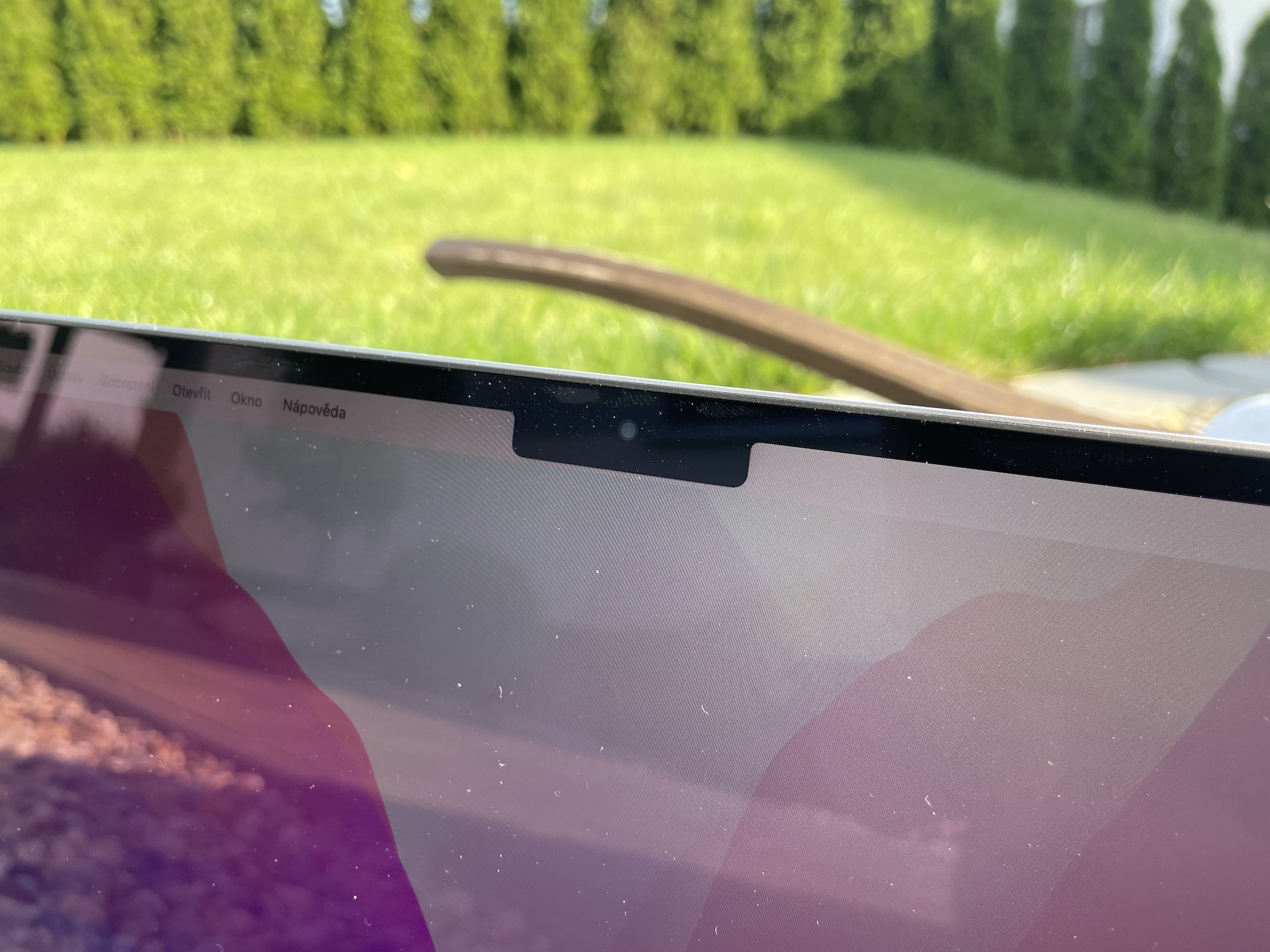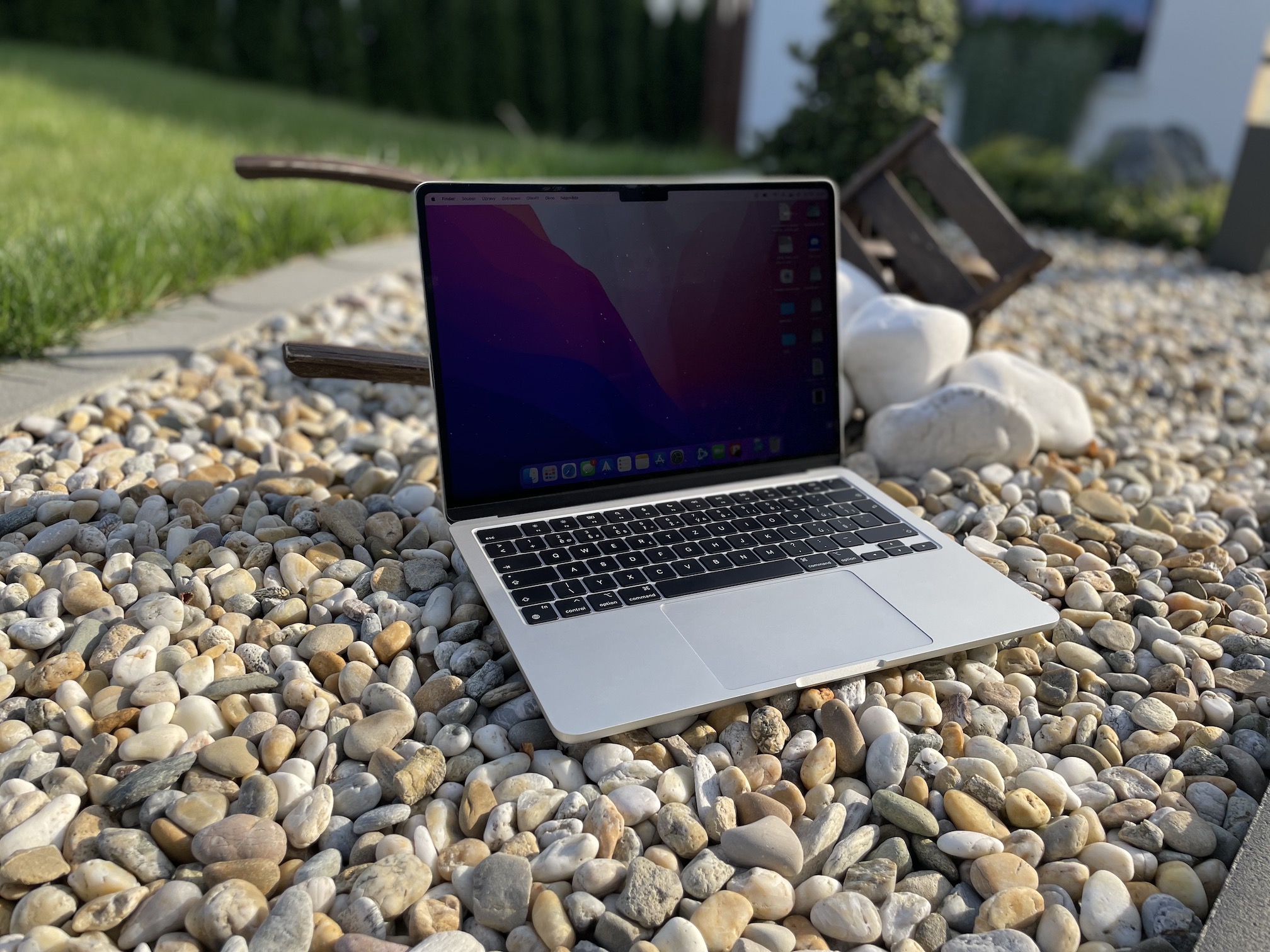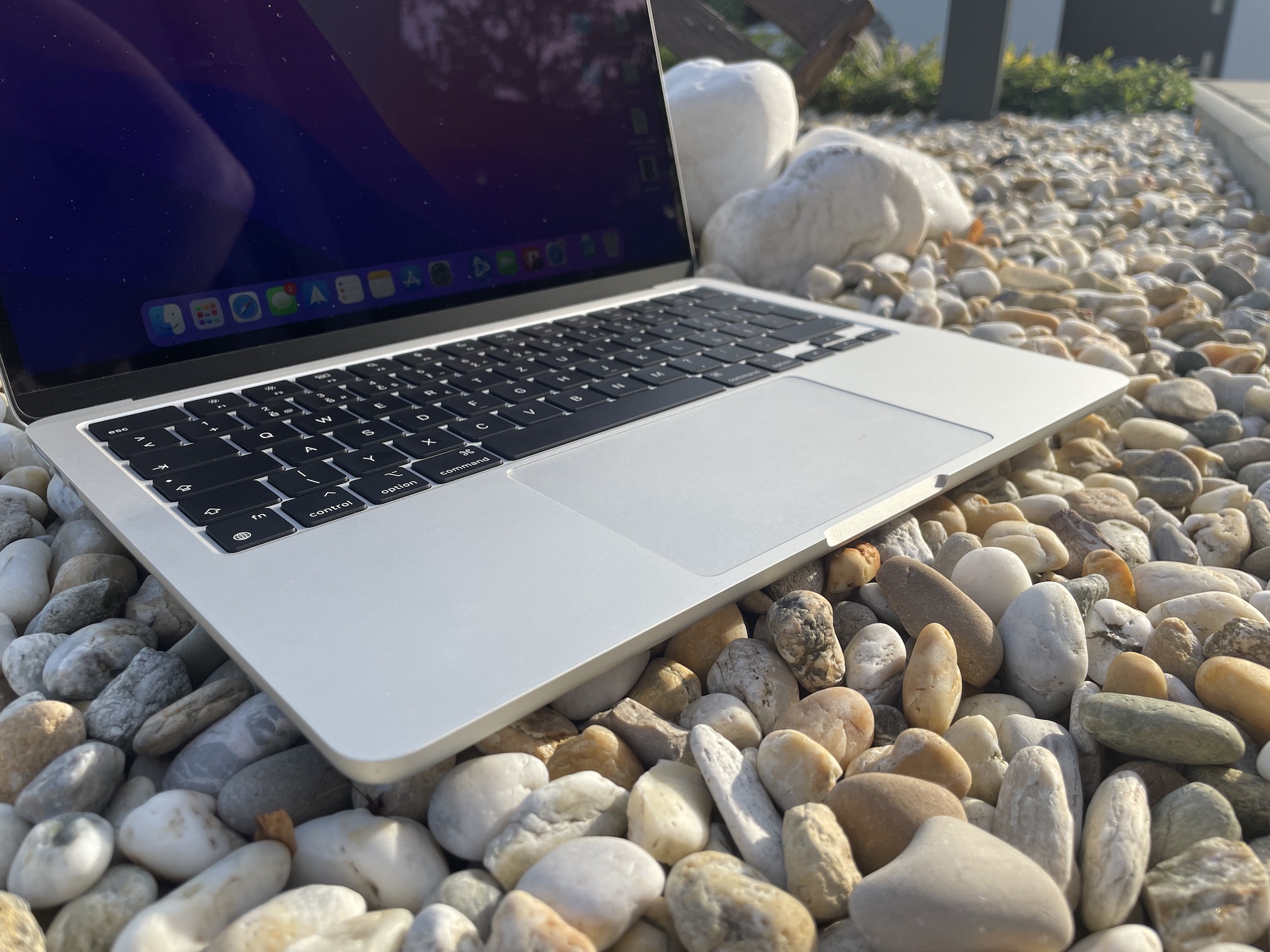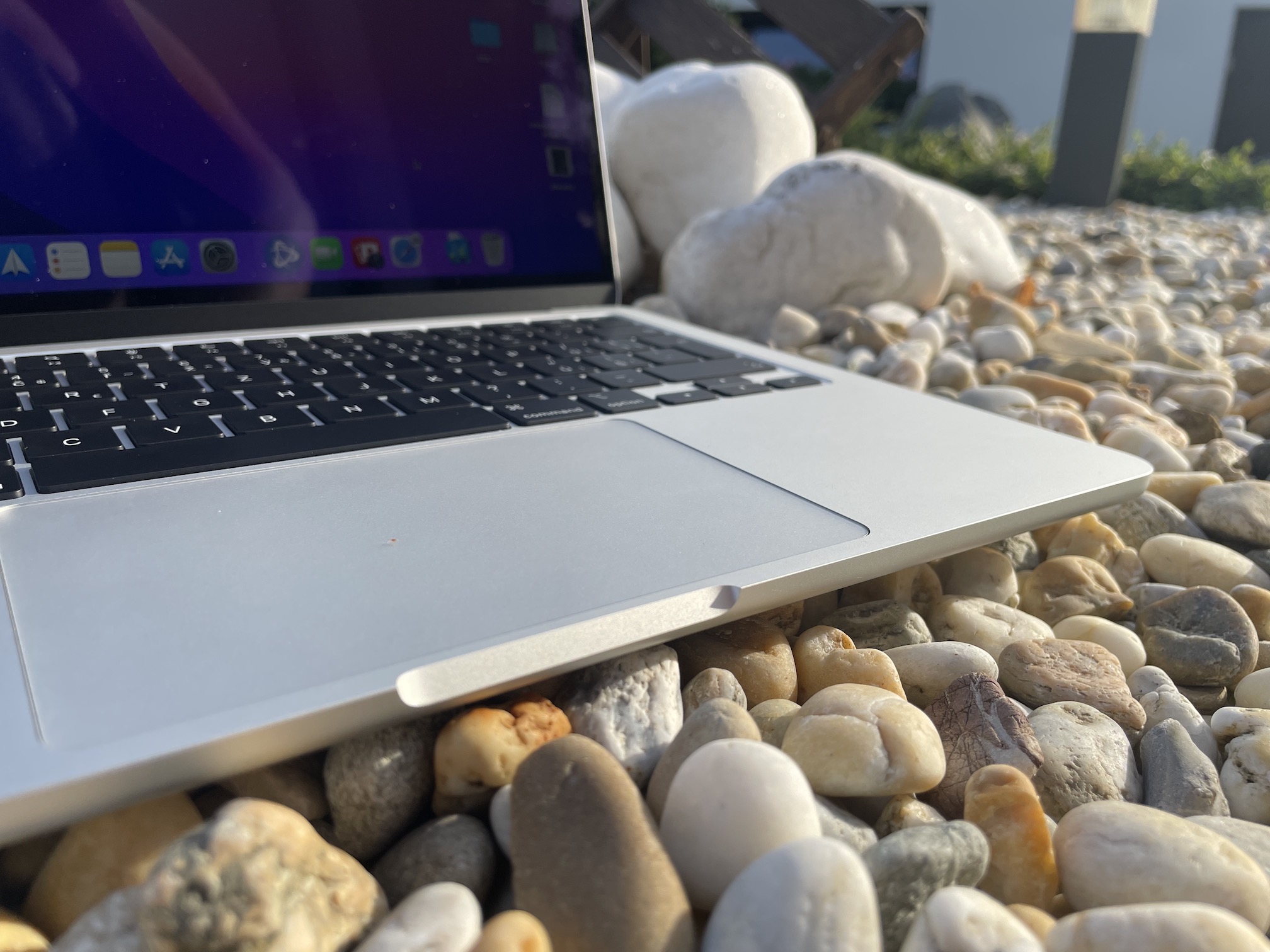On Monday, Apple introduced a duo of new MacBook Airs, which are characterized by the use of the M3 chip. There really aren't that many other innovations, but even so, these computers have their place in Apple's portfolio. Who is actually worth buying them now?
Apple introduced the M1 MacBook Air in the fall of 2020, the MacBook with the M2 chip in June 2022, and the 15" MacBook Air with the M2 chip last June. Now here we have a new generation of 13 and 15" models, when it can be said with a clear conscience that owners of machines with an M2 chip will not be offered anything better than progress in performance itself.
Indeed, if we look at the generation of MacBooks with the M2 chip and the one with the M3 chip, we do not visually distinguish them from each other, in terms of hardware only with regard to the capabilities of the chip, which carries with it one more innovation in the form of Wi-Fi 6E support, when previous machines they only have support for Wi-Fi 6. Already the M2 MacBook Air has Bluetooth 5.3, only the M1 model has only Bluetooth 5.0.
The new generation actually offers only two (and a half) novelties. One is improved directional beamforming microphones and voice isolation and wide spectrum modes with improved voice intelligibility for both audio and video calls. The second is support for up to two external displays, if you have the MacBook lid closed. In the previous generation, there was support for only one display with a resolution of 6K at 60 Hz. That half improvement is finally anodizing the surface of the dark ink paint so it doesn't stick to as many fingerprints.
It could be interest you
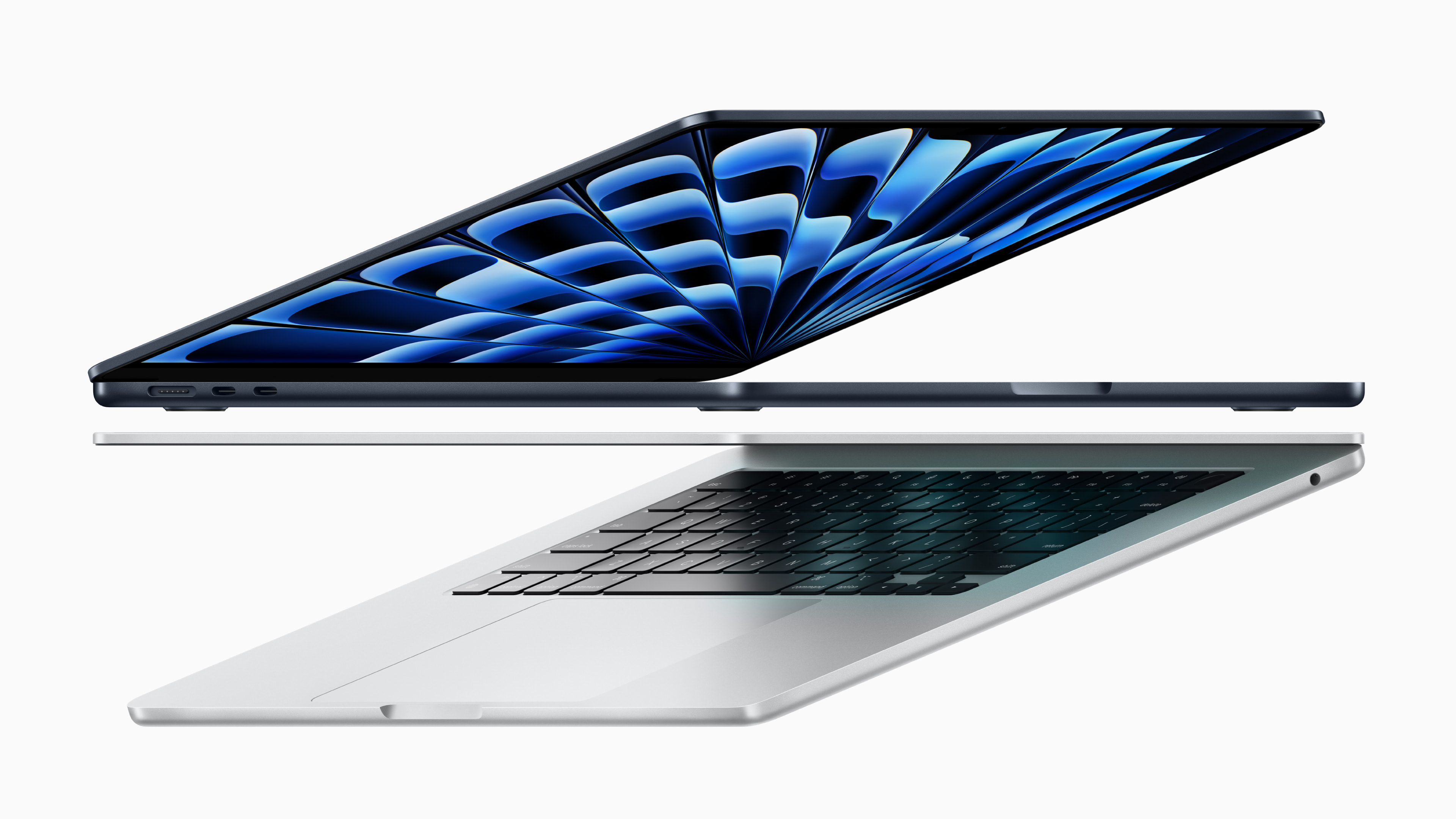
It's about performance
Apple does not compare the news with the M2 chip too much, but puts it directly against the M1 chip. After all, it makes sense, because owners of the 2nd generation Apple Silicon chip don't really have reasons to switch to the new one. The M3 MacBook Air is thus up to 60% faster than the model with the M1 chip, but at the same time 13x faster than the chip with an Intel processor. But with the introduction of the M3 chip, Apple claimed that its base configuration was 30% faster than the M2 chip and up to 50% faster than the M1 chip. Where did the 10% come from is the question.
It is with performance in mind that you will probably think about upgrading most often. However, it is true that even the M1 chip is still quite capable of handling all the work you prepare for it. The machine from 2020 does not need to be thrown into the nettles just yet. It is true, however, that the M1 MacBook Air has already outlived its design. We have here a new language that is modern, pleasant and useful. However, the upgrade may only be worth it if your 2020 machine is already running out of battery or its lifespan is decreasing.
Instead of requiring a service, you get not only an evolutionary shift in the performance and appearance of the device (with MagSafe charging), but also a larger display with 100 nits higher brightness, a 1080p camera instead of the 720p one, a substantially improved microphone and speaker system, and the aforementioned Bluetooth 5.3. So if you were to upgrade to the M3 MacBook Air from the one with the M1 chip, that's up to you. However, if you still own a chip with an Intel processor, an upgrade is definitely recommended. You will only save yourself from prolonging your suffering. Apple's future is in its Apple Silicon chips, and Intel processors are a distant past that the company would rather forget.
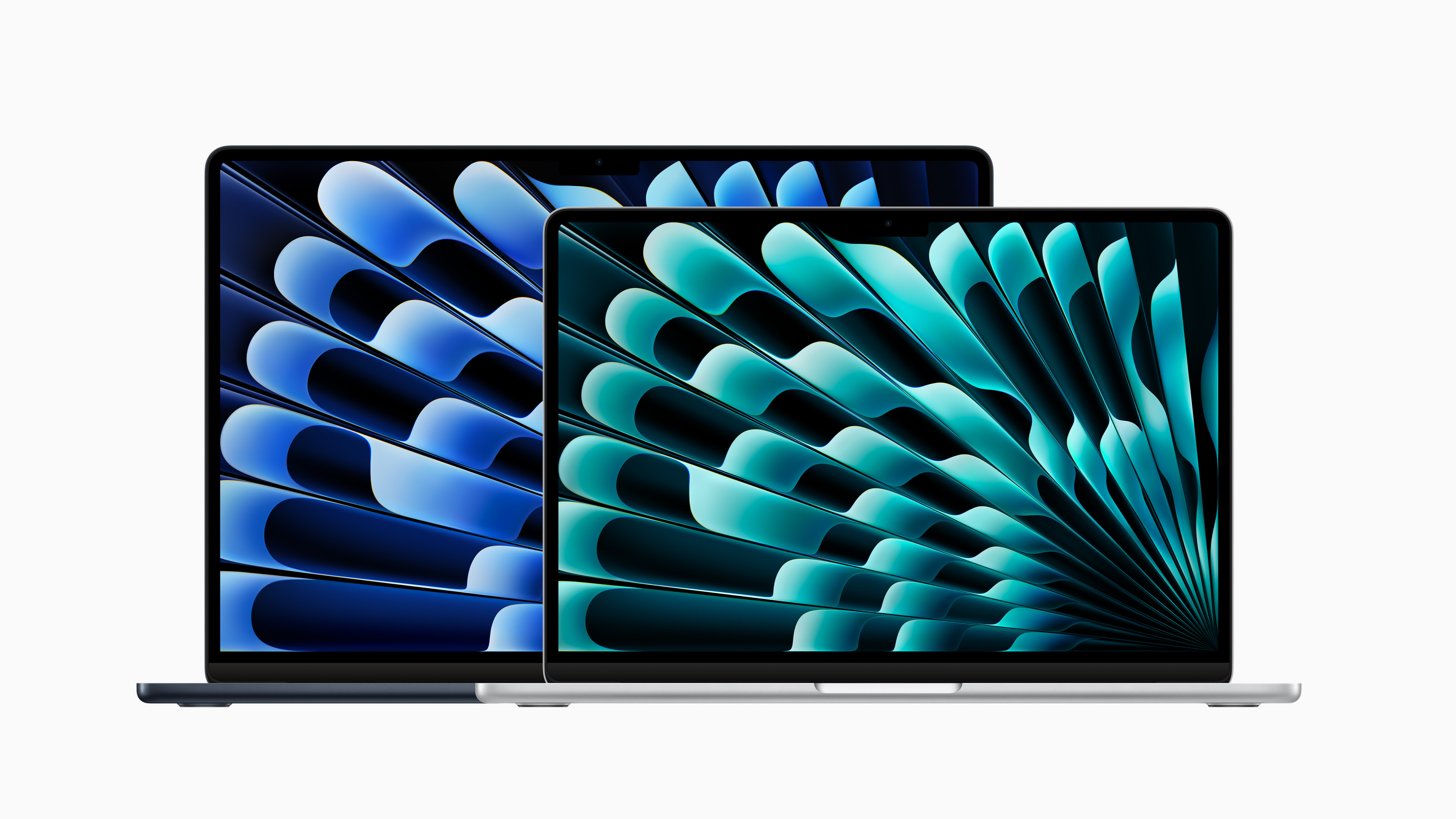
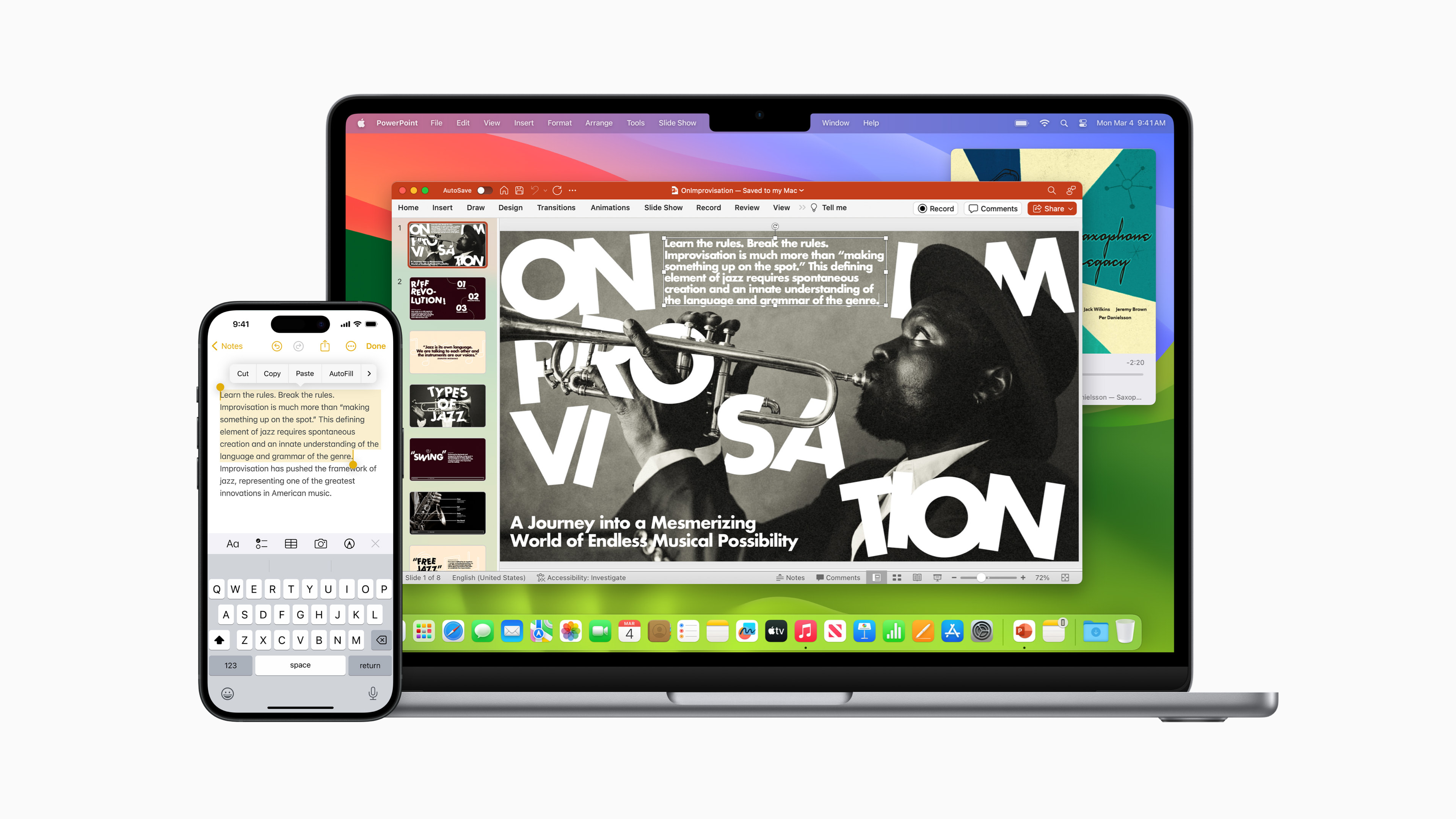
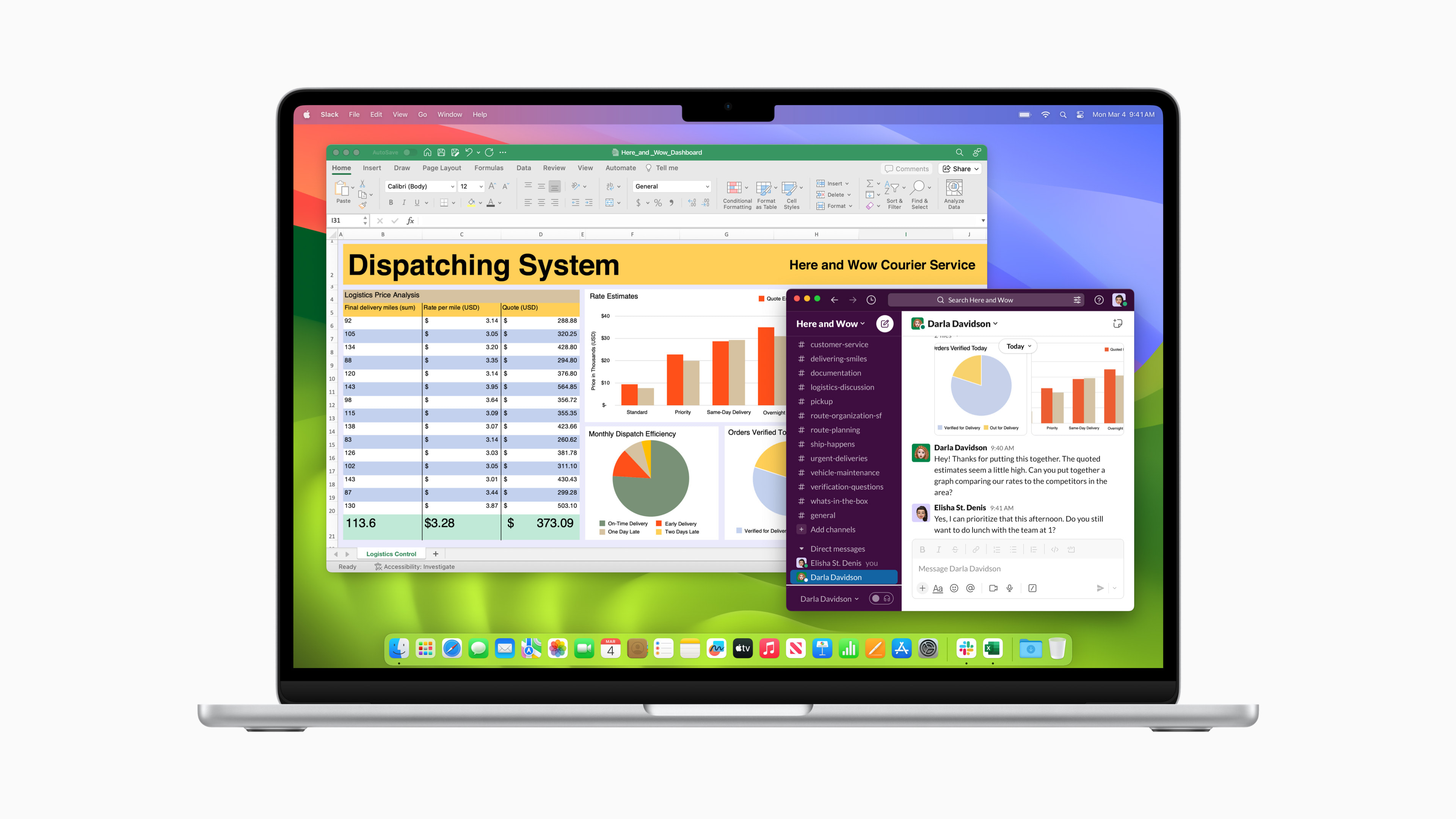

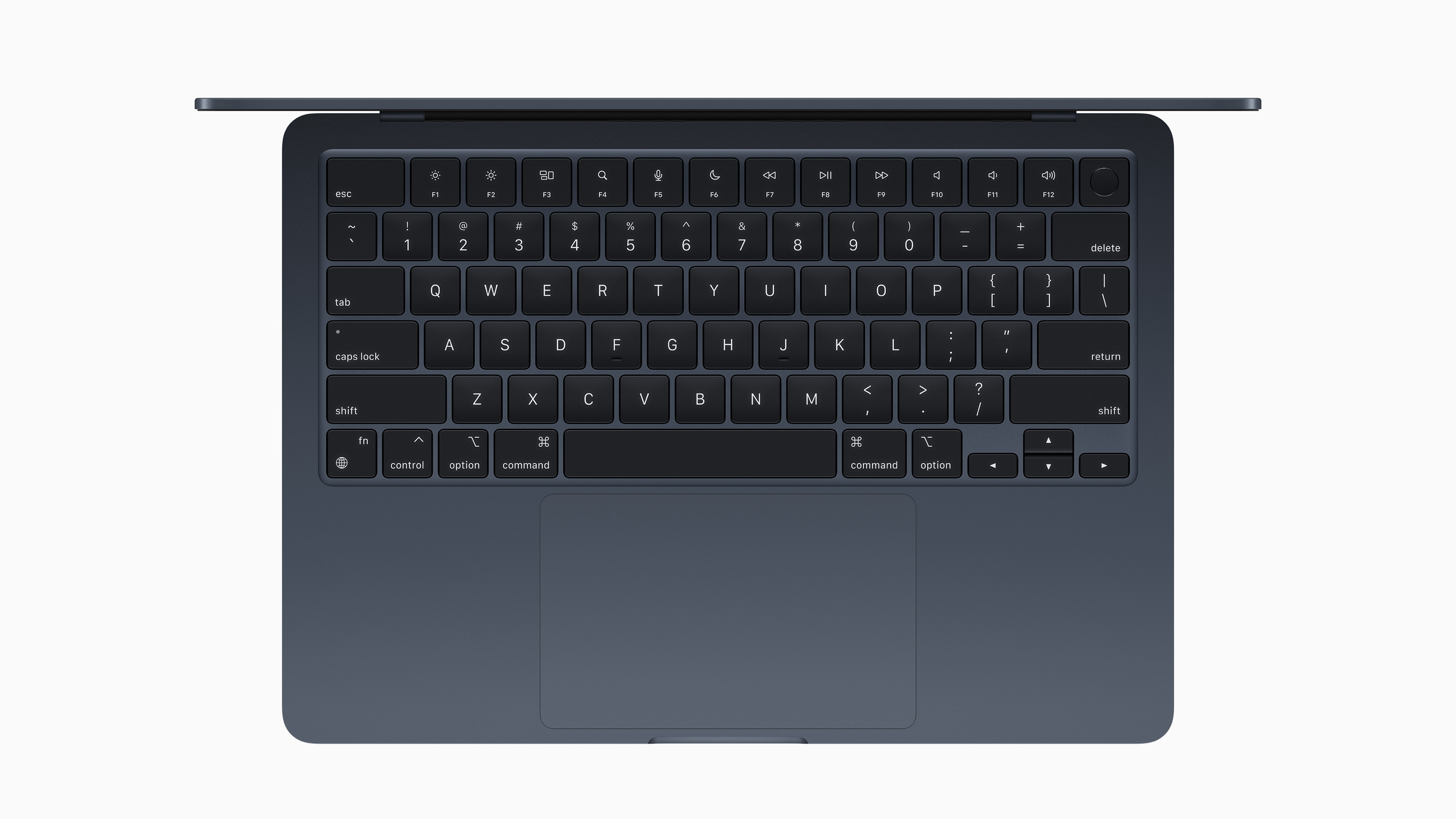
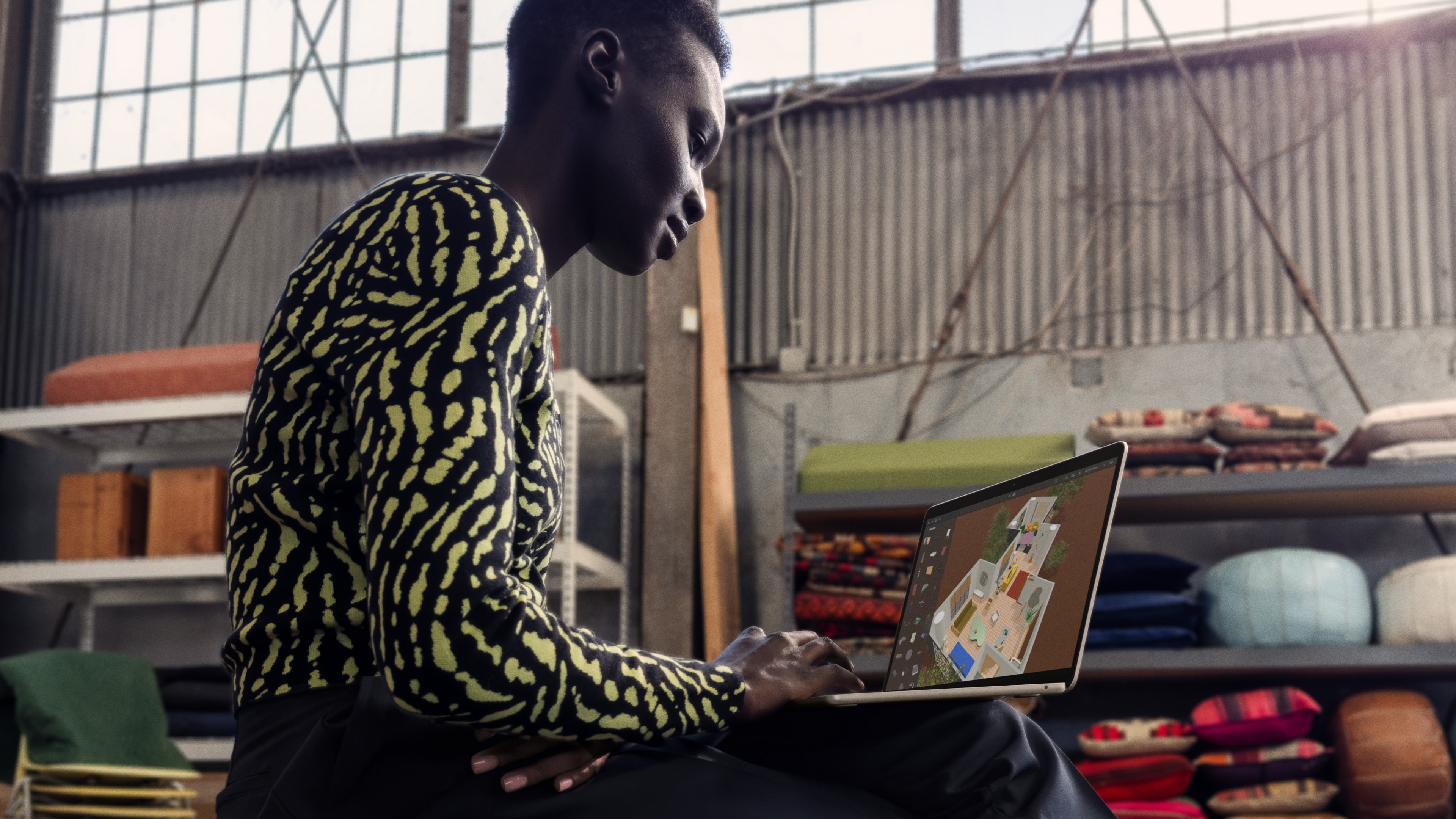
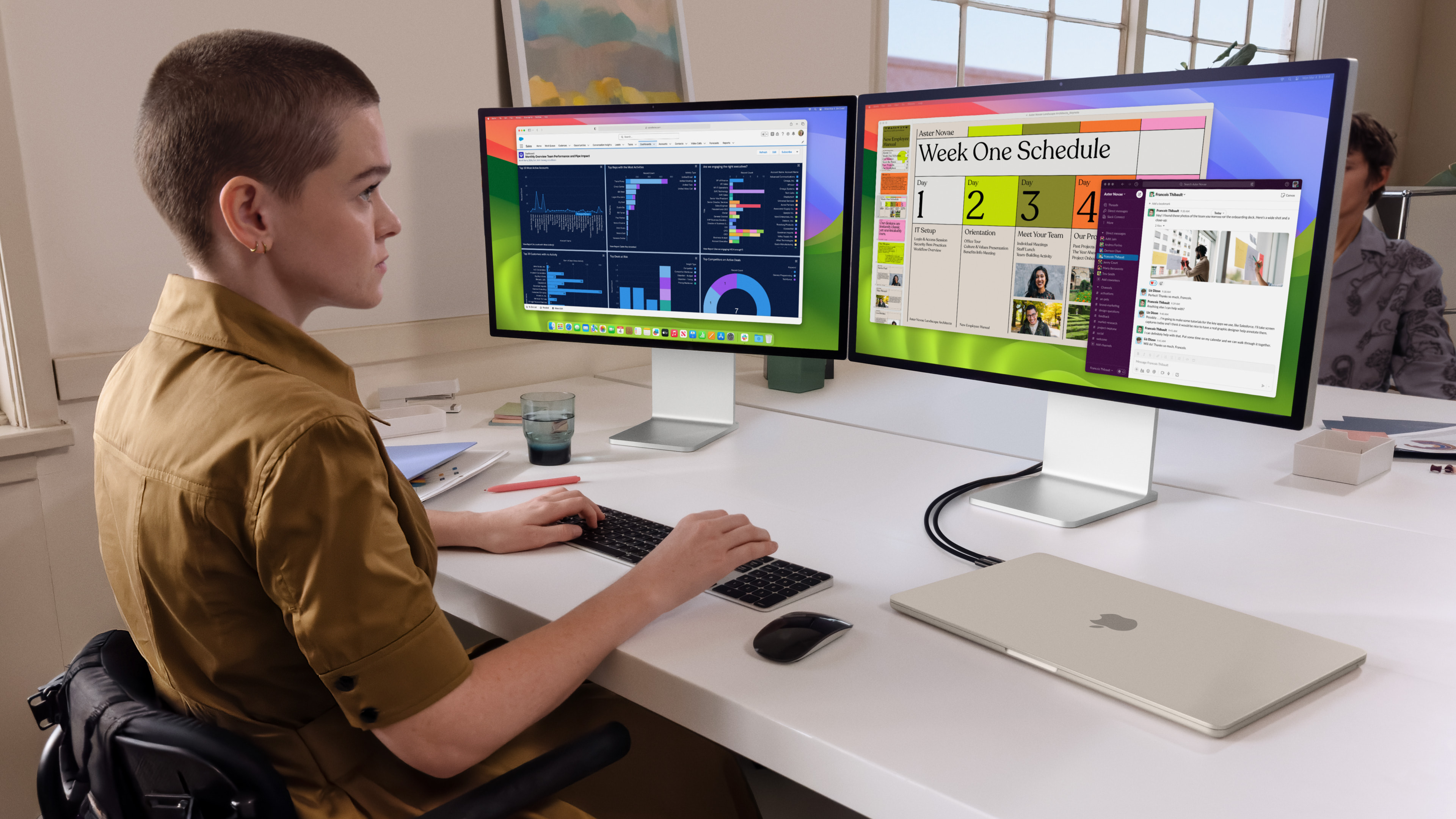

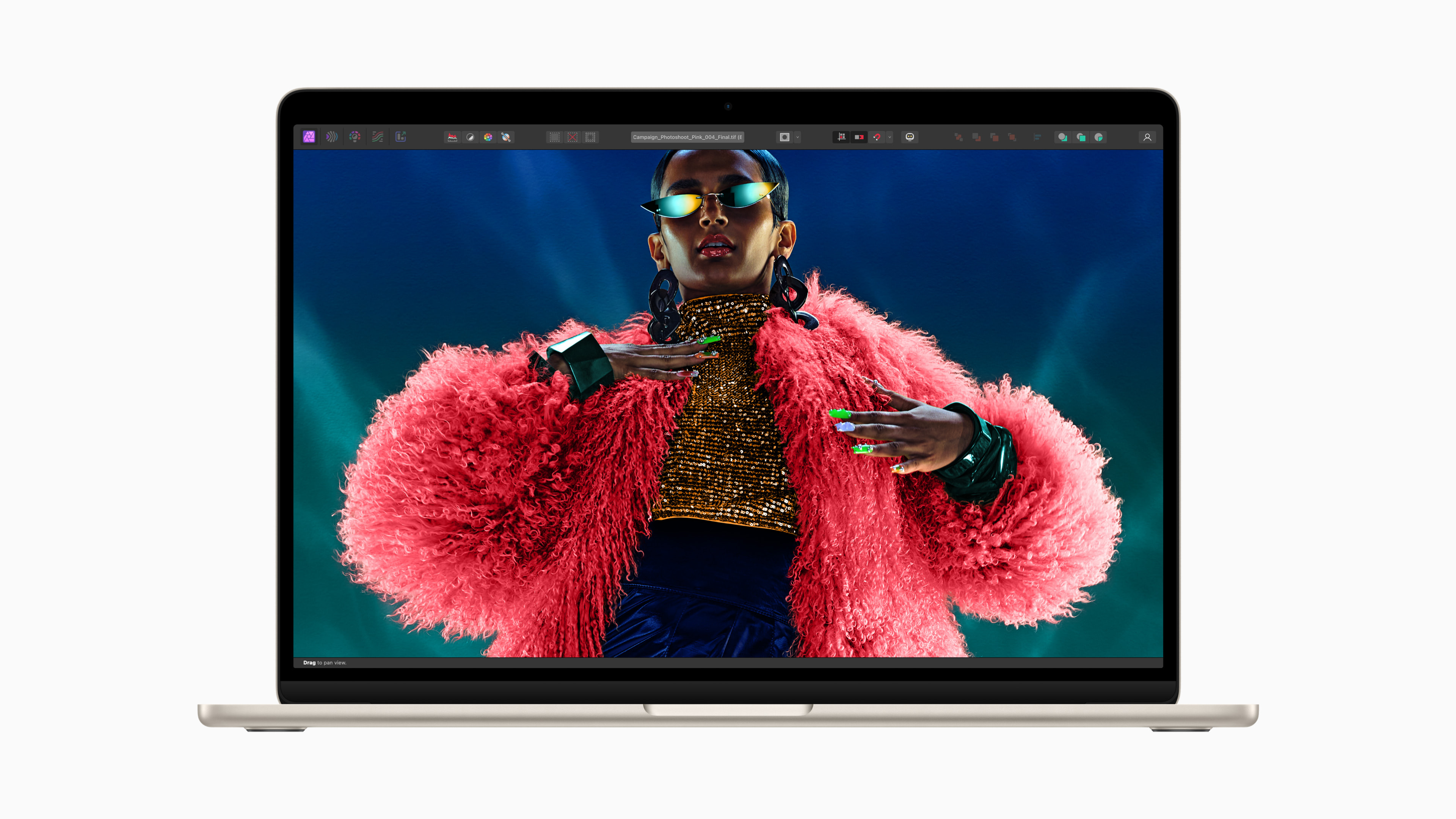
 Adam Kos
Adam Kos 

